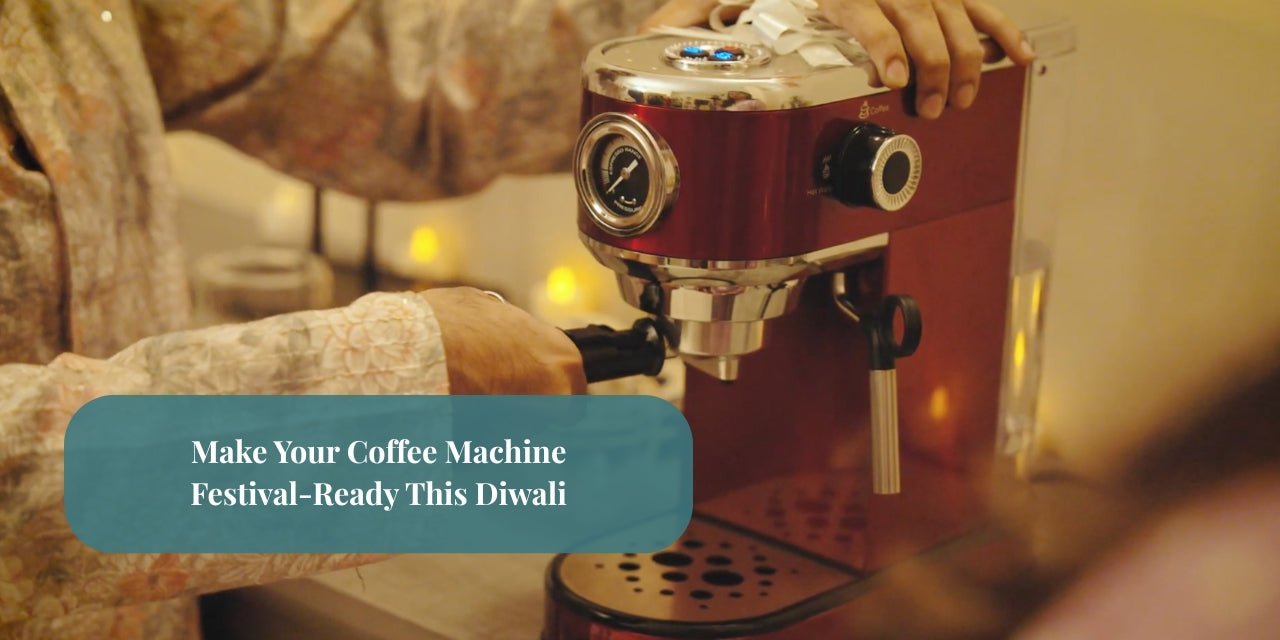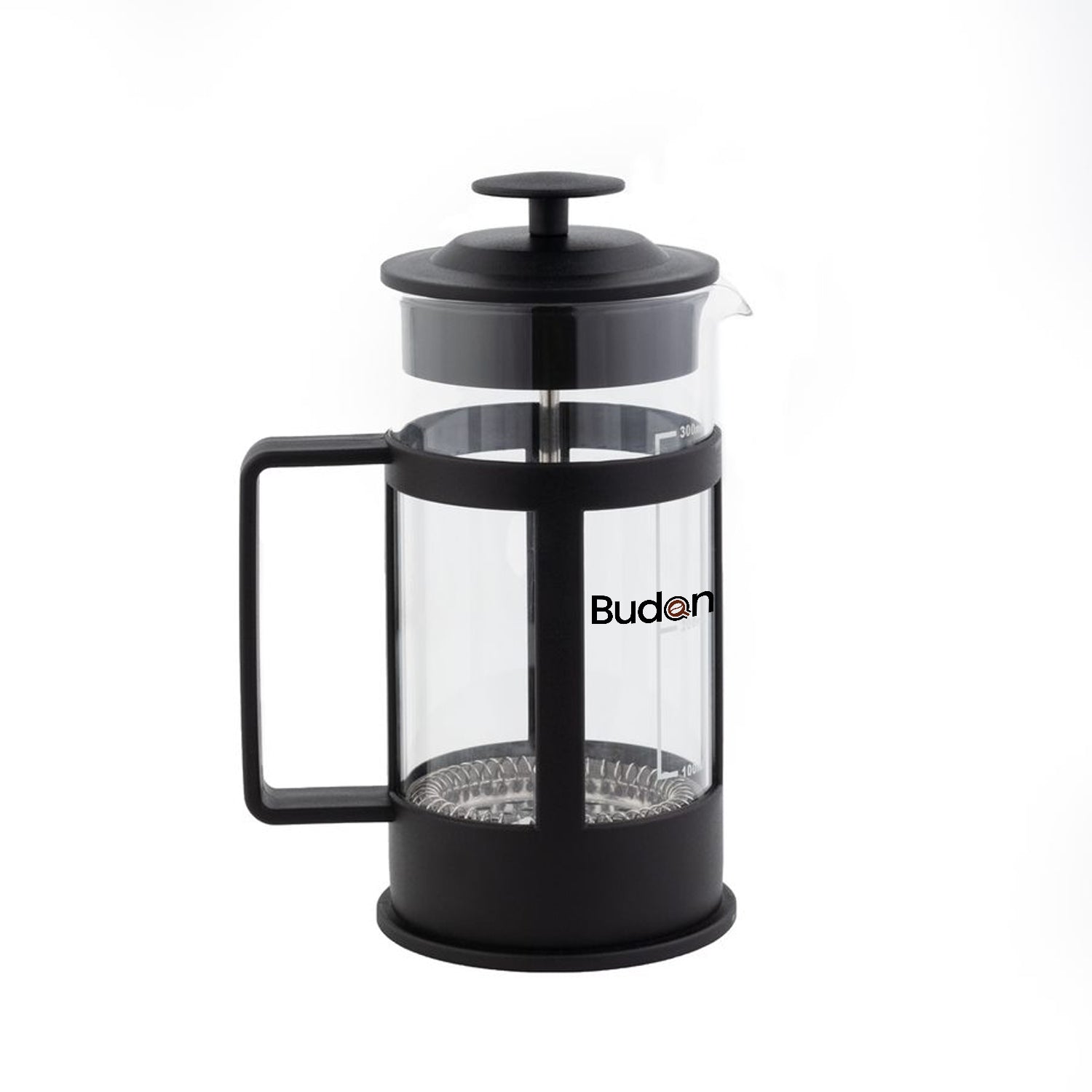Top 5 Mistakes to Avoid When Using Your Coffee Grinder
For many coffee lovers, a grinder is the most important tool in their brewing arsenal. You can buy the best beans in the world, but if they’re not ground properly, your coffee flavor will fall flat. Grinding coffee isn’t just about turning beans into smaller pieces — it’s about unlocking the aromas and flavors hidden inside.
Yet, even seasoned coffee enthusiasts make mistakes with their grinders that affect their brew quality. In this blog, we’ll cover the top five mistakes to avoid when using your coffee grinder, so you can enjoy consistently delicious cups every time.
Why Your Coffee Grinder Matters
Before diving into mistakes, it’s worth noting why grinding is such a critical step in coffee preparation. Coffee beans are packed with aromatic compounds, and once they’re ground, those flavors begin to escape. The size and consistency of the grind determine how evenly water extracts those flavors during brewing.
-
Too coarse a grind: Under-extraction, leading to sour or watery coffee.
-
Too fine a grind: Over-extraction, leading to bitter, harsh coffee.
-
Inconsistent grind: Uneven flavors, where some particles are over-extracted and others under-extracted.
A good grinder and proper usage are key to achieving balance.
Mistake 1: Using the Wrong Grind Size
The biggest mistake people make is not matching their grind size to their brewing method. Each brew method requires a specific grind size to optimize extraction.
-
Espresso: Very fine, almost powdery grind
-
Aeropress: Fine to medium grind (depending on brew time)
-
Pour-over (V60, Chemex): Medium-fine grind
-
Drip machine: Medium grind
-
French Press: Coarse grind
-
Cold Brew: Extra coarse grind
Why it matters: Using the wrong grind size disrupts extraction. For instance, brewing French press with fine grounds creates sludge and bitterness, while using coarse grounds in an espresso machine will yield a weak shot with no crema.
Pro Tip: Invest in a burr grinder rather than a blade grinder. Burr grinders allow precise grind size adjustments and produce uniform particles, essential for consistency.
Mistake 2: Not Grinding Fresh
One of the joys of grinding at home is freshness. However, many people grind their coffee in advance to save time. Unfortunately, this leads to stale coffee.
Once coffee beans are ground, they begin to lose their aromatic compounds within minutes due to exposure to oxygen, moisture, and light. That’s why pre-ground supermarket coffee never tastes as vibrant as freshly ground beans.
Why it matters: Grinding fresh locks in flavor and aroma, giving you a more complex cup.
Pro Tip: Grind only what you need for each brew. If you must store ground coffee, keep it in an airtight container in a cool, dark place — but even then, try to use it within a day or two.
Mistake 3: Ignoring Grind Consistency
Even if you use the right grind size, inconsistency can ruin your coffee. Blade grinders are the main culprits here, as they chop beans unevenly, leaving you with a mix of dust-like fines and chunky boulders.
Why it matters: Uneven grounds extract unevenly. The fines over-extract (bitter), while the larger chunks under-extract (sour). The result is a muddled, unpleasant cup.
Pro Tip: Use a hand grinder. They produce uniform grounds, ensuring even extraction. Hand grinders like the Timemore Chestnut C2S and C3S are excellent entry-level options for consistent grinding.
Mistake 4: Not Cleaning Your Grinder Regularly
Coffee grinders often get overlooked when it comes to cleaning, but this is a big mistake. Oils from coffee beans build up inside the grinder, leading to rancid flavors over time. Old coffee particles can also mix with fresh grounds, affecting taste.
Why it matters: A dirty grinder results in stale, off-flavored coffee.
Pro Tip:
-
Clean your grinder every couple of weeks (or weekly if you grind daily).
-
Use a small brush or grinder cleaning tablets to remove oils and residue.
-
Avoid water unless the manufacturer recommends it — many burrs can rust or misalign when exposed to moisture.
A clean grinder equals cleaner coffee flavor.
Mistake 5: Not Calibrating or Adjusting Your Grinder
Many people buy a grinder, set it once, and never adjust it. But grind size needs to change depending on your brewing method, bean type, and even roast level.
-
Light roasts: Denser, requiring finer grinds for proper extraction.
-
Dark roasts: More brittle, often needing a slightly coarser grind.
-
Different brewers: Switching from espresso to French press demands major adjustments.
Why it matters: Coffee is not one-size-fits-all. A grinder must be calibrated for each brew method to get the best results.
Pro Tip: Keep a brewing log. Note which grind setting works best for different beans and methods. This makes it easier to dial in your grinder the next time.
Bonus Mistake: Buying Expensive Beans but Neglecting the Grinder
Many beginners spend money on premium beans but continue using a cheap blade grinder. While beans are important, grind quality can make or break your brew. Even the best Ethiopian single-origin won’t shine if ground unevenly.
Pro Tip: If you’re upgrading your coffee setup, invest in a good grinder before splurging on a high-end espresso machine. A quality grinder unlocks the potential of any bean.
Final Thoughts
Your coffee grinder is more than just a kitchen gadget — it’s the key to unlocking flavor, aroma, and consistency. By avoiding these five common mistakes, you’ll dramatically improve the quality of your brew:
-
Match grind size to your brewing method.
-
Always grind fresh.
-
Ensure grind consistency.
-
Clean your grinder regularly.
-
Adjust settings based on beans and brew method.
Remember, great coffee isn’t just about buying good beans; it’s about preparing them correctly. By respecting the grind, you’ll taste the difference in every cup.


























